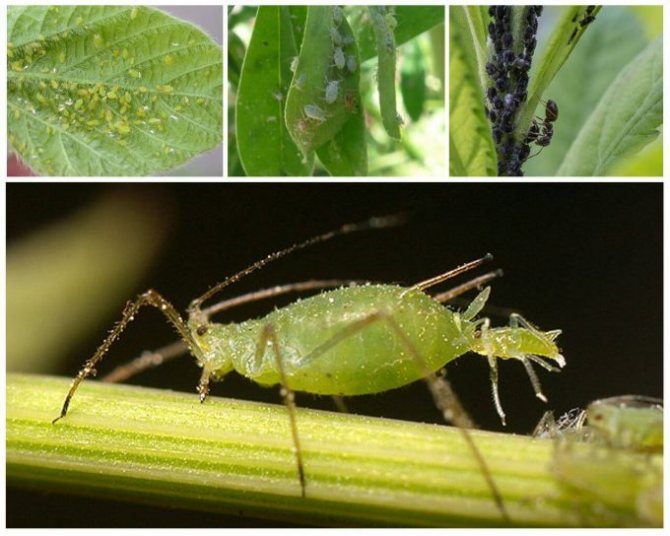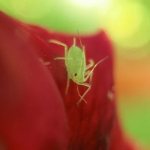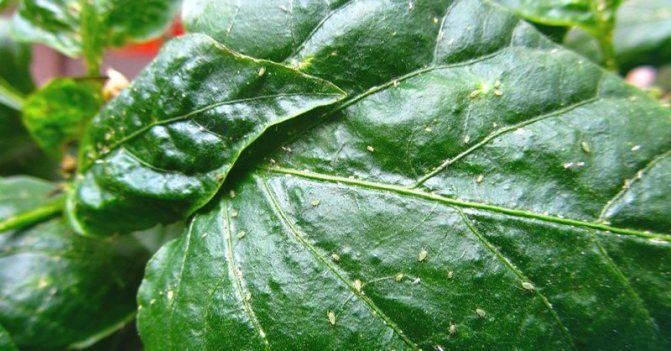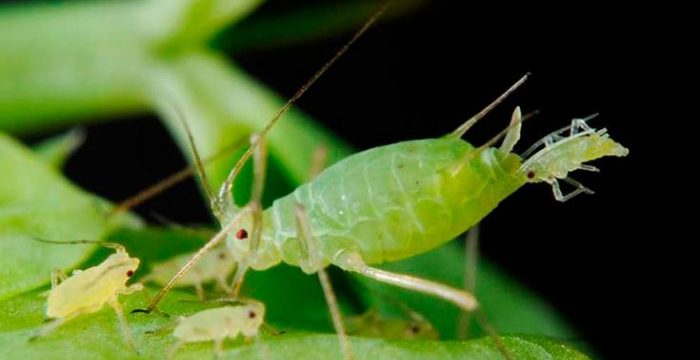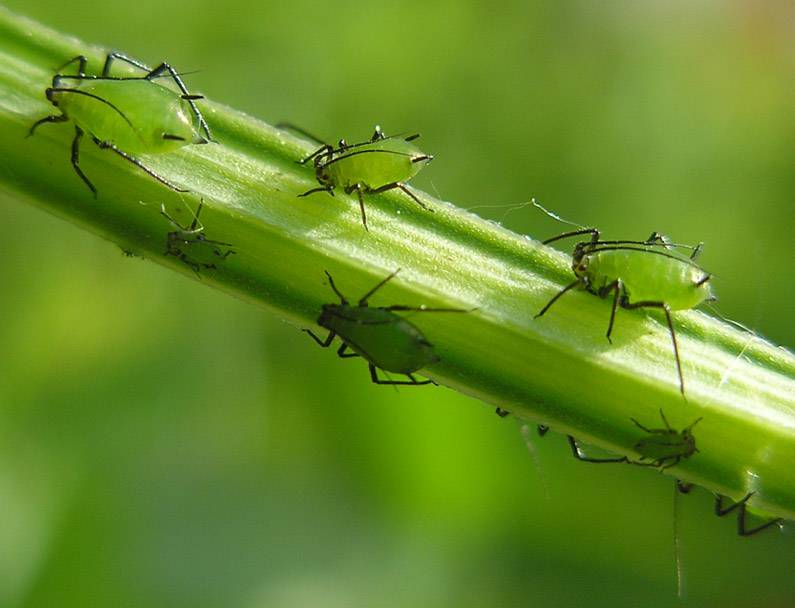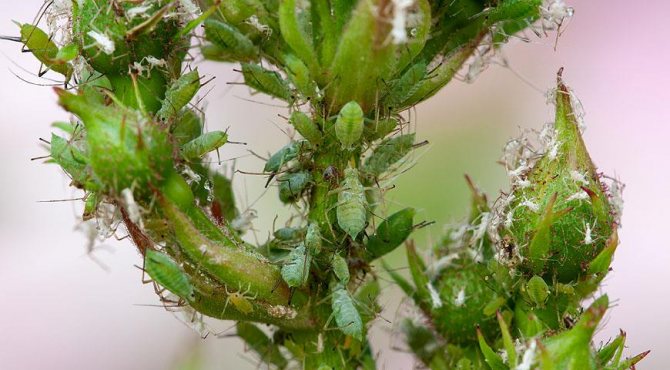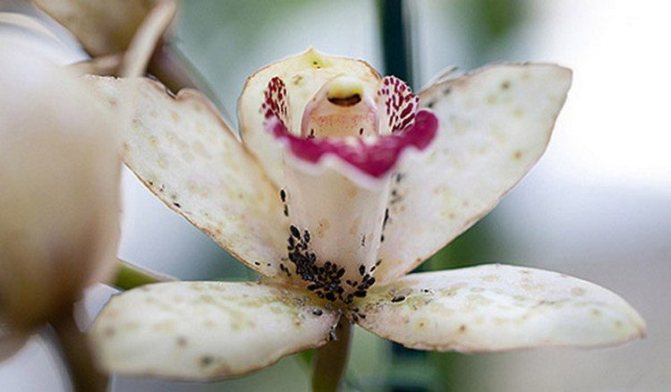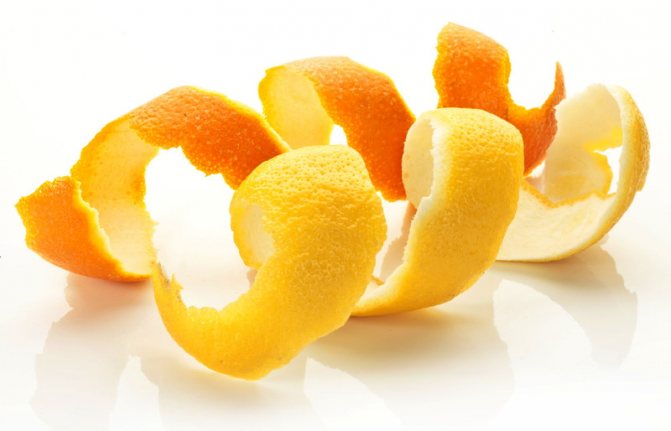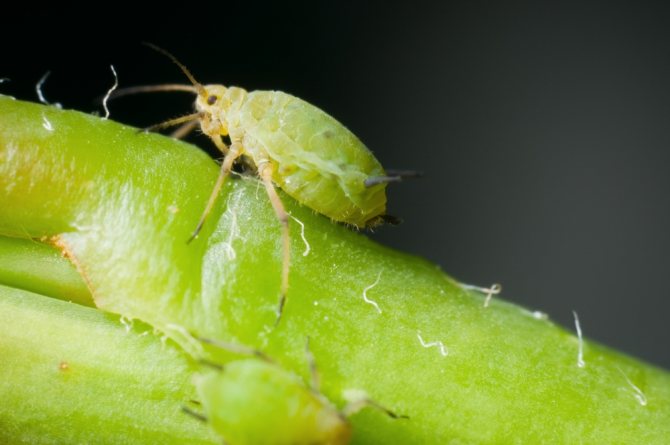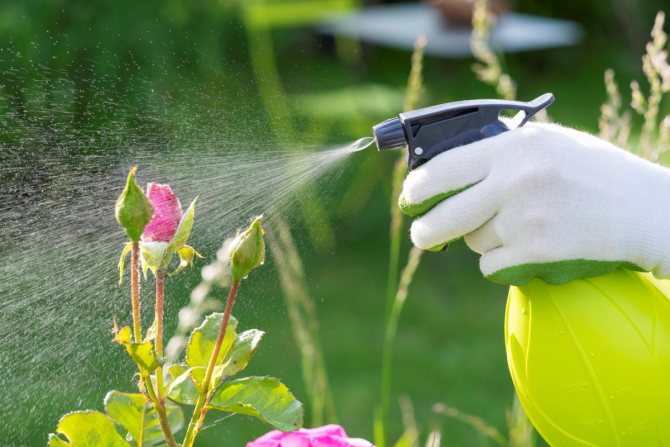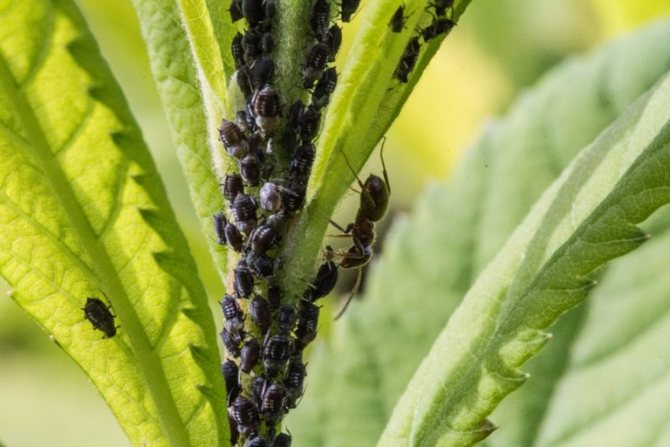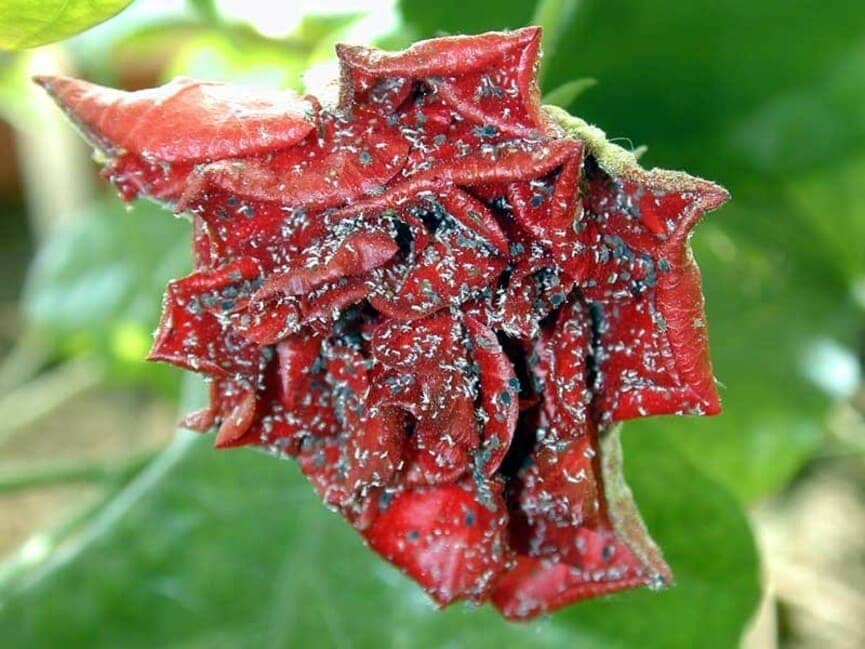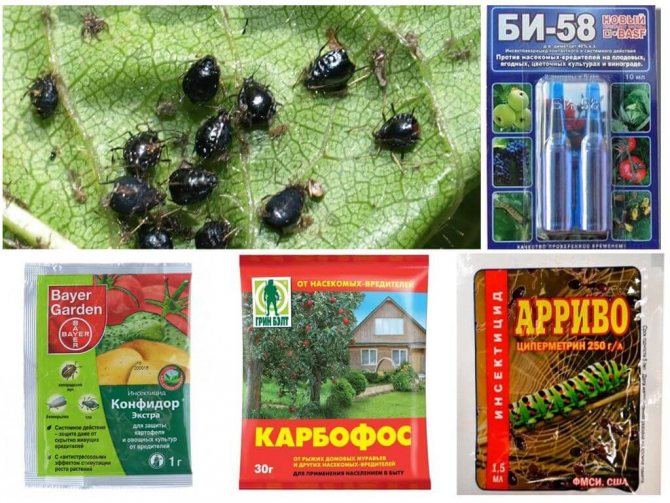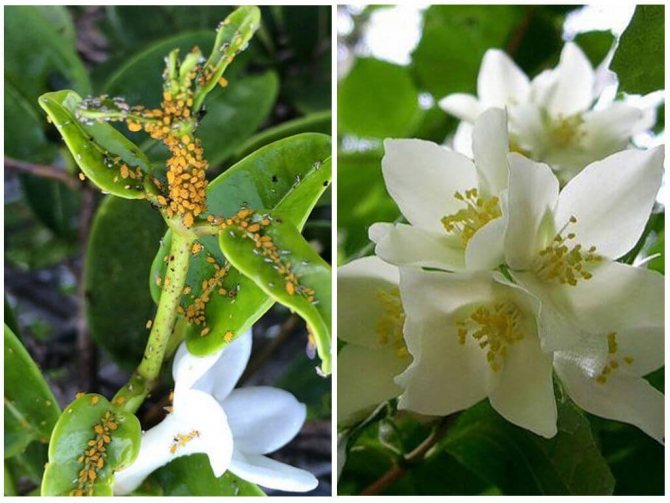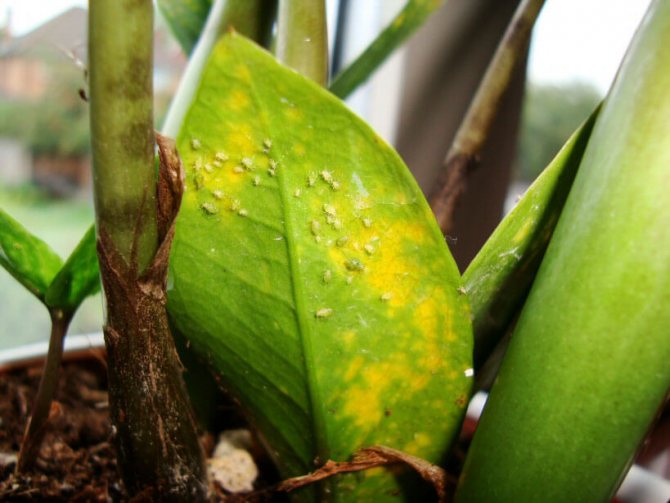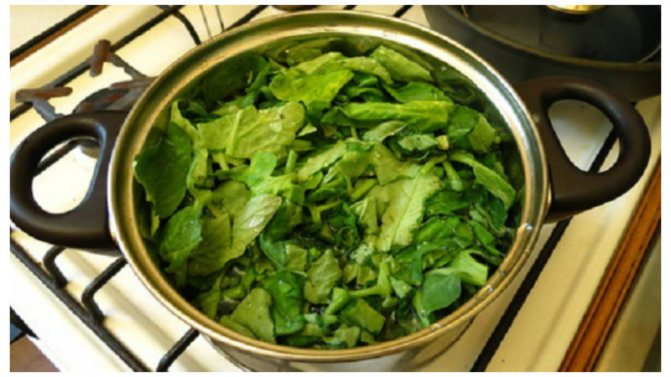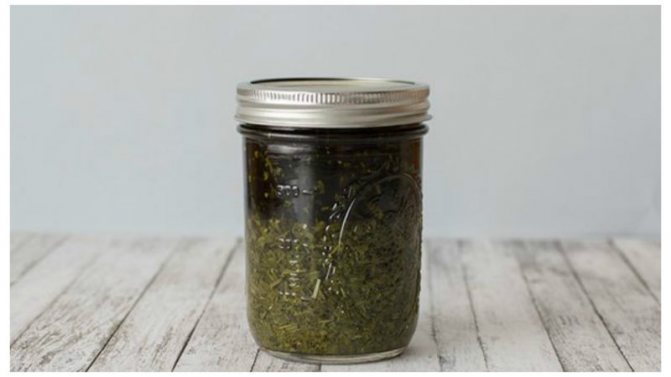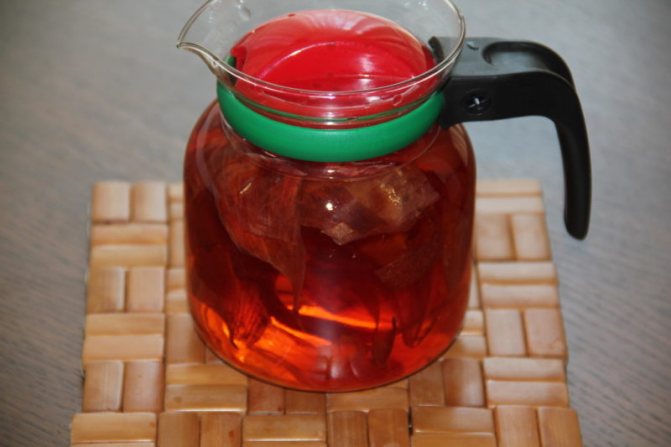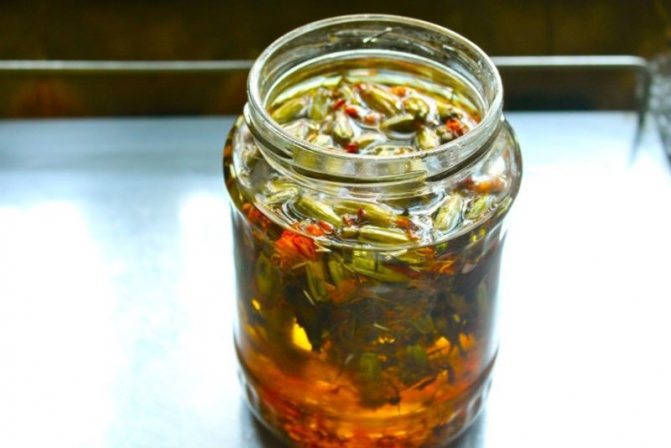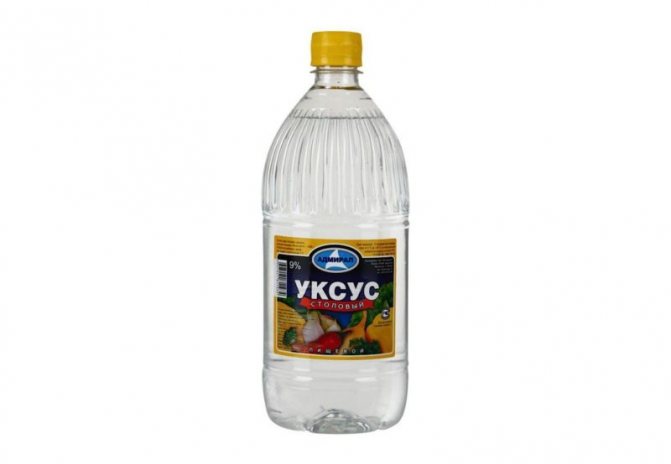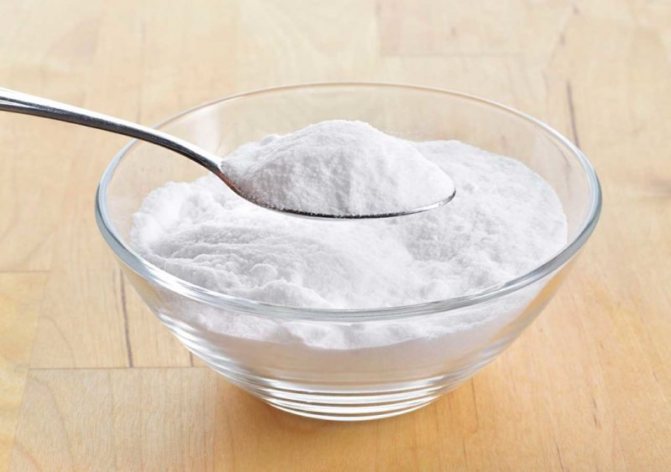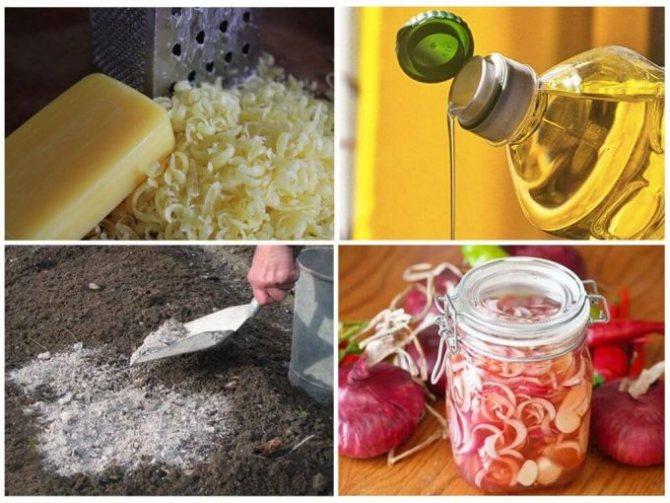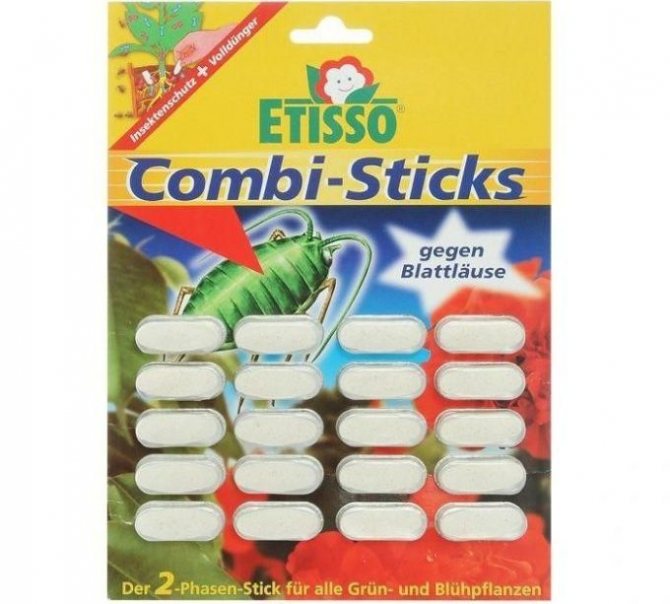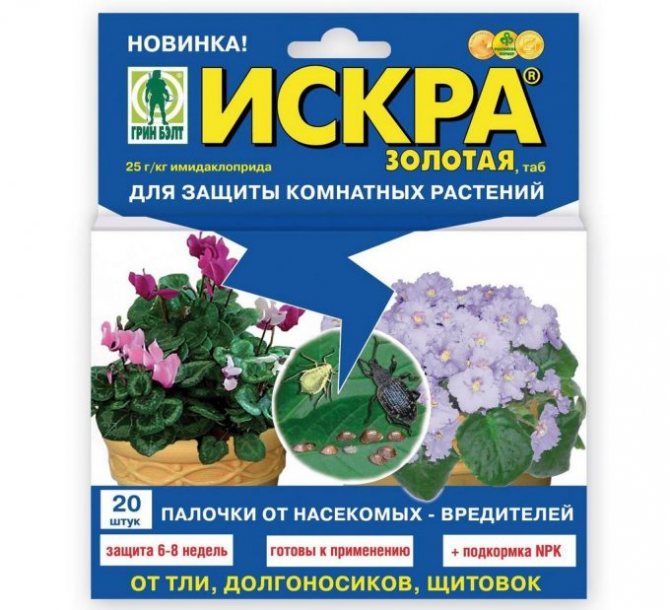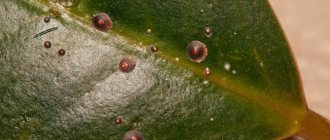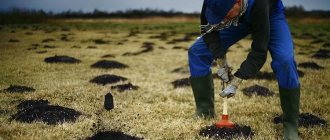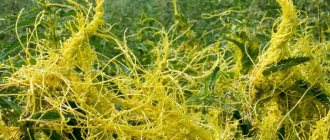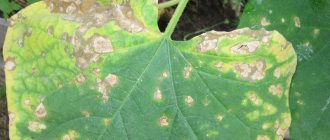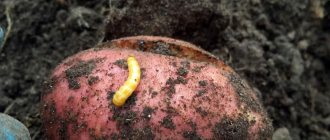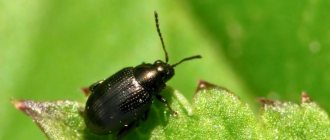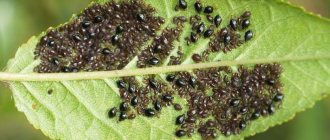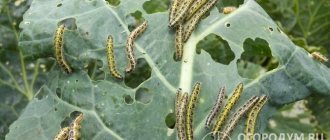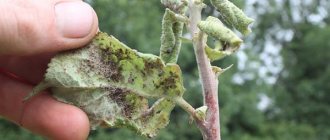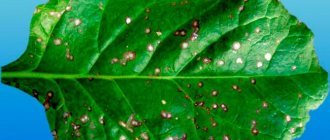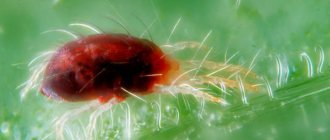Aphid harm to indoor plants
Aphids, carrying out their activities, often cause irreparable damage to domestic plants, which is as follows:
- Suction of all liquid masses from stems, leaves and buds, which leads to their dehydration, deformation, and in the most advanced situations and death.
- Falling buds or just lack of flowering due to the fact that they do not dissolve.
- Covering plants with special sweet dewthat disrupts respiratory processes.
- General plant weakening, which makes it more susceptible to contracting various diseases and can lead to death.
- The spread of viral diseases and contributing to the emergence of various fungal formations.
- Deterioration of the external condition of the plant and violation of its visual appeal.
Signs of appearance
These insects can be very difficult to spot due to their very small size and habit of dwelling on the lower surfaces of foliage.
However, there are many third-party signs that may indicate the appearance of these pests and their infestation of plants:
- Deformed leaves. They do not just change their shape, but take on a very characteristic ugly twisted look.
- Increased stickiness of trunks, leaves and branches, covering them with a kind of sweet dew, which these insects emit.
- Existing buds change and take on an irregular shape, after which they stop blooming.
- The presence of white waste on the surface of the soil or the plant itself, which are actually old skin that the aphids have shed.
- Gradual yellowing, drying and falling foliage is a symptom that usually appears in the later stages and in the most advanced cases.
- Locating placesin which the aphid injected with its proboscis to suck out nutrient fluids. They are usually very easy to find on the basis of the presence of dead tissue around.
What does it look like
Aphids are small insects with a pear-shaped, soft body. It comes in green, yellow, brown, red, black, depending on the species and food source. Adults are wingless, but some grow wings, especially if there are many of them.
They have two whip-like antennae at the tip of the head, a pair of tubular structures called corollas protruding posteriorly from the posterior end.
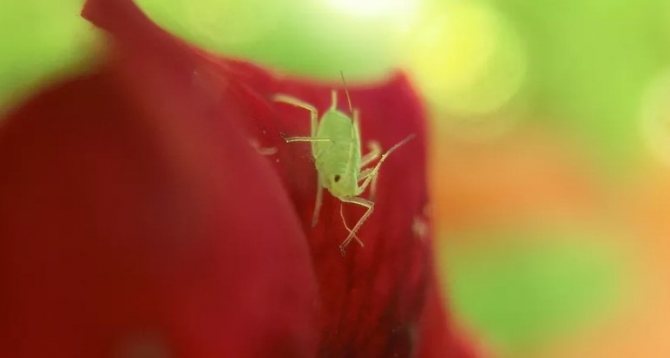
Note. While feeding, the aphids release large amounts of a sticky liquid known as honeydew. This sweet mucus drips onto the plants, attracting ants and encouraging black soot to grow on the leaves.
Cars and lawn furniture that are under infected trees will also be covered in this sticky liquid.
Ways to fight
Insecticides
Insecticides are usually used in situations where the aphid colony has grown to a significant size or a large number of indoor plants are infected with these pests, since in other cases they can often be dealt with with improvised means.
To make it easier to navigate the wide range of modern drugs, below is a brief overview of the most effective and well-proven options:
The drug "Doctor"
Was specially designed for the treatment of indoor plant species, with its help, you can get rid of aphids in a short time, as well as from scale insects, worms, whiteflies and other varieties of pests. It is produced in the form of arrows, which are stuck into the ground and provide nutrition for plants and the death of insects. The complete destruction of all pests takes 1-2 weeks, after which the protective effect lasts for three months.
The kit includes 8 arrows at once, the approximate price of a package is 50 rubles.
The drug "Tanrek"
Available in concentrate form, from which, after dilution, it is possible to obtain up to a liter of active ingredient. It is a versatile product designed for the treatment of both indoor plants and horticultural crops. "Tanrek" protects absolutely all parts of plants, while it is virtually impossible to wash it off with water, so in the future you can not be afraid of ongoing watering or spraying.
Changing the temperature regime also does not affect the effectiveness of the drug.
It is sold in sealed bags, the volume of one package is 1.5 ml, the approximate cost is 15 rubles.
The drug "Corado"
Indian production. Designed primarily for horticultural and vegetable crops, but at the same time it shows a high level of efficiency even after the treatment of indoor plants. One of the main advantages of the product is its versatility: at home it helps to get rid of aphids, and in the garden it helps to eliminate the Colorado potato beetle and other pests. Produced in liquid form, before using "Corado" must be diluted in water.
The volume of one bottle, sealed in a blister, is 10 ml, the cost is about 60 rubles.
The drug "Biotlin"
It is a remedy that has managed to prove itself very well in the process of combating aphids. Its effectiveness is due to the complex effect on pests, infection occurs both through direct contact with the substance and when it enters the digestive system, so the aphids have virtually no chance of survival.
The volume of one ampoule is 3 ml, the approximate cost is 25 rubles. Before use, you must carefully read the instructions that are attached to "Biotlin", because for the treatment of various plants, you need to choose the dosage on an individual basis, so as not to accidentally harm them.
The drug "Fitoverm"
It is another product specially designed to protect indoor plants from aphids, various types of ticks, whiteflies, caterpillars and other pests. The active substance is of natural origin, therefore Fitoverm is much safer than many analogues.
For this reason, it is often used by summer residents to process vegetable crops, if the procedure must be carried out several days before harvesting, when most insecticides can no longer be used. The death of insects occurs in just three days, and the protective effect lasts for 3-4 weeks.
It is usually sold in a set of two ampoules, sealed in a blister, their total volume is 4 ml, and the approximate cost is about 45 rubles.
The drug "Iskra gold"
Designed specifically to kill aphids and whiteflies. The main active ingredient is imidocloprid, which is used in many insecticidal products and shows stable quality over a long period of time, and also provides quality protection for a month after the treatment.
It is recommended to use against insects that have already developed immunity to other toxic substances, since imidocloprid is guaranteed to give results even in the most difficult situations.
The price of one bottle, the volume of which is 10 ml, is equal to 90-100 rubles.
When using insecticides, it is recommended to periodically change the drugs used to variants that differ in composition, since these pests often very quickly develop immunity when they are baited with the same type of substances.
Folk ways
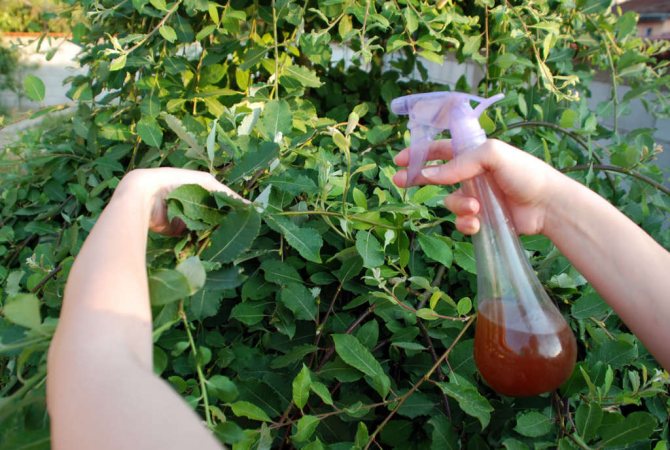

If the situation with aphids has not yet had time to take on a critical scale, then in most cases it is possible to do without the use of insecticides, since there are many popular ways to combat these insects.
Many of them still have not lost their relevance, and the most effective options are listed below:
- The most popular technique is making a soapy solution., for which it is best to choose a household type of soap. The resulting agent can spray the affected plants from a spray bottle or apply it with brushes. The solution has a specific structure that envelops insects, creating a film through which oxygen does not enter, which leads to asphyxiation.
- Preparation of an improved version of the solution, which is mixed in equal proportions with kerosene. This component will not only add a poisonous effect to the product, but will also have a significant effect on its structure, which will facilitate application and improve adhesion. However, when carrying out this procedure, you need to remember the safety measures: all actions with kerosene are carried out only in well-ventilated rooms or rooms equipped with a ventilation system, and then the solution will need to be washed off the plants so as not to burn them.
- You can use herbal infusions prepared on the basis of bitter wormwood, tansy, celandine, tobacco or tomato tops. However, it must be borne in mind that such means are designed to scare away aphids and cannot destroy it, and insects usually have nowhere to run at home. For this reason, the named infusions are used in most cases as an additional means with which still healthy plants are treated so that pests cannot get over them.
- Carrying out water procedures in the form of water supply under significant pressure is the most popular mechanical method of getting rid of insects. Aphids do not tolerate increased dampness very badly, so they will be easily washed off when washing with a shower.
- Ash, tobacco or makhorka are usually applied directly dry for pollination., because they have a special composition that begins to oxidize the bodies of insects, causing them severe discomfort.
How to spray?
A huge number of folk, biological and chemical agents can be used for spraying potato bushes.
All that any gardener needs is to decide which method appeals to him and choose a tool from the list.
Chemical insecticides
- a group of organophosphorus compounds - Aktellik, Marshal, Nurell D, Fufanon;
- synthetic pyrethroids - Intavir, Iskra "Double Effect", Karate, Kinmiks;
- neonicotinoids - Bankol, Biotlin, Calypso, Commander, Confidant, Tanrek.
Neonicotinoids are recognized as the most effective, because they have pronounced systemic and translaminar qualities.
Biological preparations
Completely natural remedies that are the result of the vital activity of fungi (radiant). Affects the nervous system of aphids, causing paralysis.
- Agravertine.
- Akarin.
- Aktofit.
- Vertimek.
- Lepidocide.
Folk remedies
How to remove aphids with folk remedies? Here is some of them:
- a solution of tar, potash or laundry soap;
- vegetable infusions or decoctions: garlic, onion, tobacco, dandelion, marigolds, chamomile, horse sorrel, hot pepper, dry peels of any citrus fruits, celandine, tomato tops;
- a mixture of iodine with milk;
- Coca Cola American descent;
- alcohol solutions;
- essential oils of cedar, clove, tea tree, lavender;
- suspension from any vegetable oil and water.
Reasons for the appearance
It is important to know not only how to deal with aphids, but also the factors contributing to its appearance, since this will allow in the future to prevent new mistakes and prevent the appearance of pests.
Among the main reasons are:
- Infection of healthy indoor plants from already infected and recently acquired species. At the same time, they can also become infected from garden seedlings, since most varieties of aphids are omnivorous.
- Plant branches or flower plantsbrought into the house to perform decorative functions, and already infected with these pests.
- The presence of eggs in the ground, in the absence of proper treatment and disinfection, they develop, and a whole generation of pests emerges from them, beginning to develop a new place and create a colony.
- Aphids got into domestic conditions through animal hair or were inconspicuously brought in by humans.
- Winged females can be carried by the wind through open windowsa, vents or balconies.
- Black ants in some way caught in a room with indoor plants, they can also bring aphids, since these two species exist in symbiosis.
Best defense is attack
Prevention will help you avoid the appearance and reproduction of pests in your home. First of all - carefully examine all suspicious buds and leaves. Sometimes removing them in time can save the flower. Do not keep bouquets close to indoor plants, and remove new flowers in pots for a week from those that have already taken root. Avoid heat and stuffiness, and hang a small net on the vents. A dying plant that can no longer be saved should be thrown away, and instead of it put fragrant pelargonium, successfully scaring away intruders.
What plants are affected by aphids?
The main danger of aphids is their omnivorous nature.... These pests are of the greatest interest in roses, but they can feed on virtually any houseplants. If you remove the species that they ate, then insects can switch to other plants that have not previously been attacked.
Only pelargoniums, the smell of which they do not tolerate, and palms, since the structure of their leaves is rather rigid, have guaranteed protection against them. However, if measures are taken to destroy aphids, most individuals can migrate to plants that they do not eat for only one purpose: to wait out the danger there and return back to a favorable environment.
Life cycle
Pests multiply at high speed. Up to 100 larvae occur from one female. The transformation into an adult lasts two weeks. In one year, it changes from 14 to 20 generations. Wingless insects are needed to reproduce offspring, winged insects fly to new plants. Coexist with ants.
At the same time in the colony you can find:
- Larvae of 4 instars;
- Nymphs of 2 ages;
- Wingless and winged females.
In autumn, females lay eggs, from which massive colonies of larvae appear in spring. Having passed the molt and matured, individuals enter the stage of asexual reproduction. The number of wingless females can reach hundreds of thousands. Natural enemies are ladybugs and hoverflies.
Winged females migrate to new flowers. Over the year, dozens of generations of wingless and winged individuals are replaced. With the onset of autumn, winged females are fertilized by winged males.
Prevention of the appearance
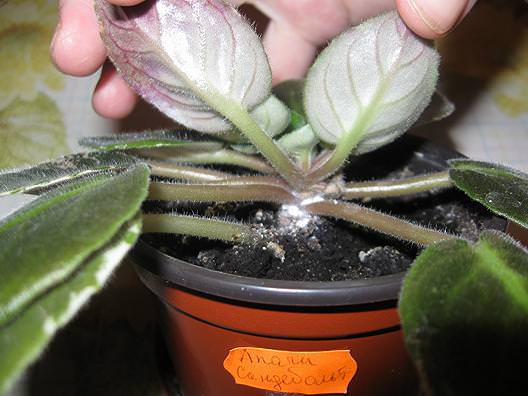

In order not to have to deal with this pest in the future, prevention will be a rather rational measure.
You can protect your indoor plants from aphids thanks to the following set of protective measures:
- Periodic visual inspection of all indoor plantsespecially in winter, when they are most susceptible to aphid attacks. Finding insects at an early stage will greatly facilitate the process of controlling them.
- Providing favorable conditions for the existence of the plants themselves, first of all, this concerns the temperature and oxygen conditions, timely watering, the required amount of light and other care.
- Using a solution already considered earlier based on laundry soap also possible as an effective prophylactic agent.
- Bouquets, set vases, best kept in different rooms with indoor plants.
- Plants that have been attacked by aphids, even after its hatching, a certain amount of time must be spent in quarantine in order to exclude the possible spread of pests, since they could have time to lay eggs in the pot.
- Implementation of temperature treatment of soil when changing it: new soil should be frozen or, conversely, subjected to high temperatures to destroy the eggs.
- Growing odorous pelargonium at homethat exudes a scent that is not only aphid deterrent, but also a deadly threat.
- Equipping all vents and windows with special nets, which do not allow insects to enter the premises.
Varieties
In total, there are about 30 species of aphids living on indoor plants. In a large group, the following varieties are most often found:
- Home;
- Common potato;
- Greenhouse;
- Green apple;
- Peach;
- Cabbage;
- Tobacco;
- Mealy;
- Melons;
- Thistle;
- Cherry.
Aphids from garden crops prefers to settle on indoor flowers for the winter.
By color it happens:
- White;
- Pink;
- Green;
- Yellow.
Reference! Black aphids can infect flowers with pathogenic bacteria and viruses. Lead to quick death.
Popular: Methods to protect and rid seedlings from a black leg
